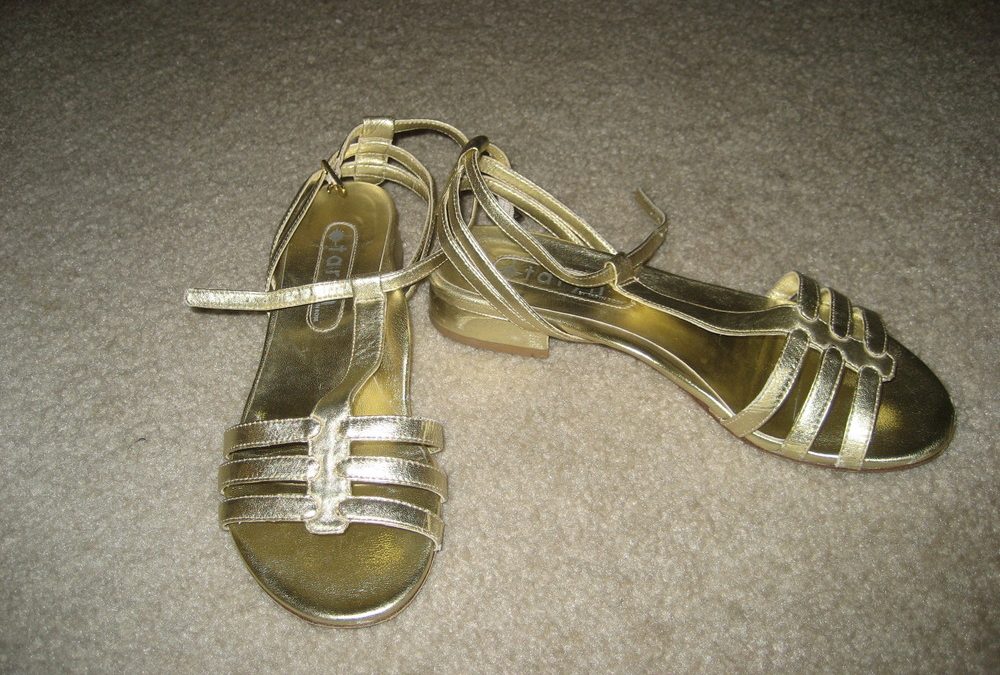
by Lynn Lipinski | Nov 19, 2010 | Fiction, Writing
Like a stand-up comedian, a writer who wants to make a reader laugh out loud uses attitude combined with observation. Usually, this means departing from the norms of polite conversation or objective writing, and incorporating feelings, opinions and (mis)perceptions...

by Lynn Lipinski | Oct 27, 2010 | Fiction, Writing
Humor is a funny thing. It is easy to make some people laugh — employees, mothers, bartenders, the guy at the coffee shop — but being funny to strangers is an art form. I recently attended a workshop by author and comedy instructor Judy Carter on how to...




